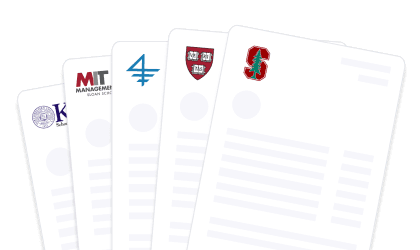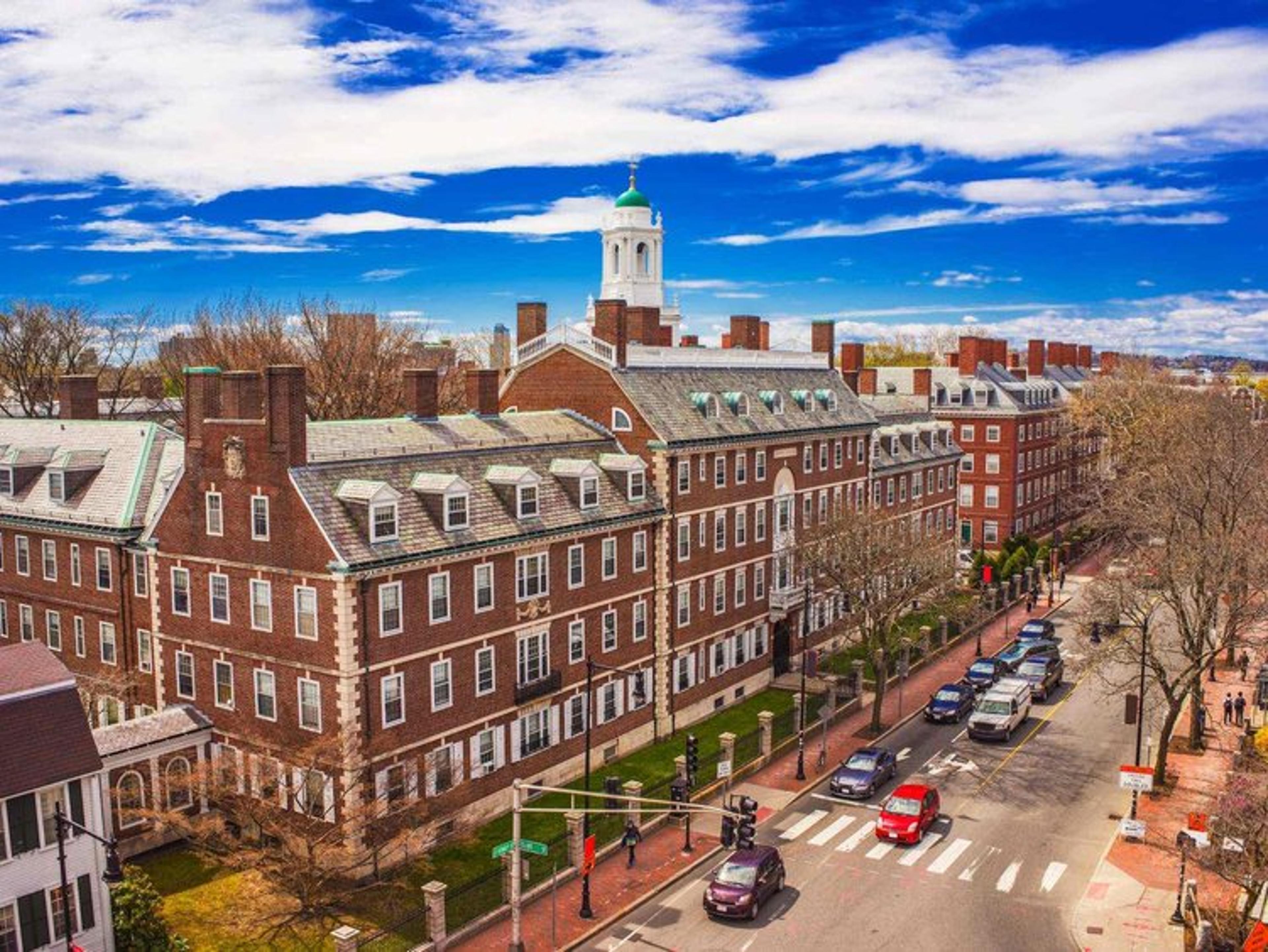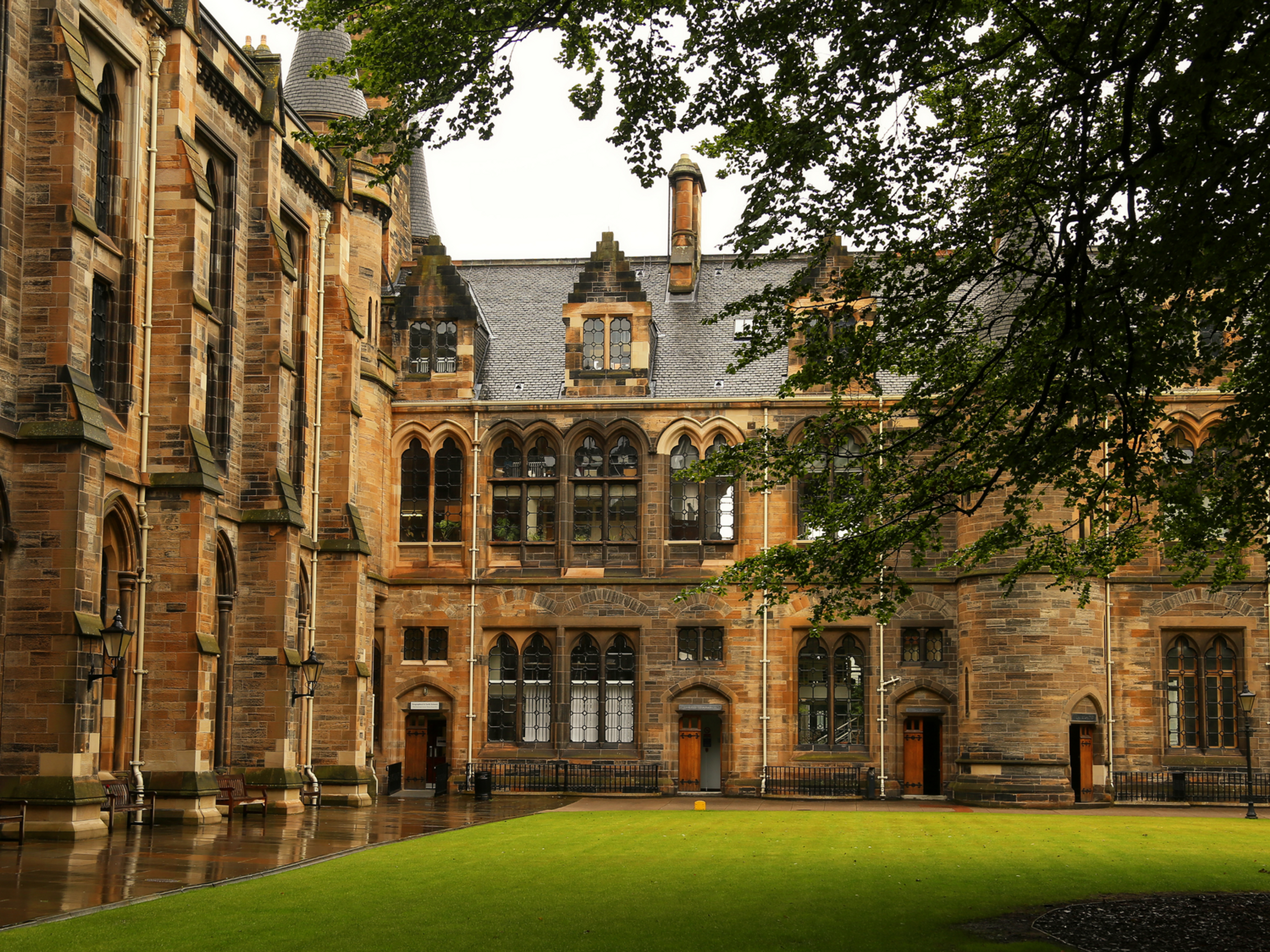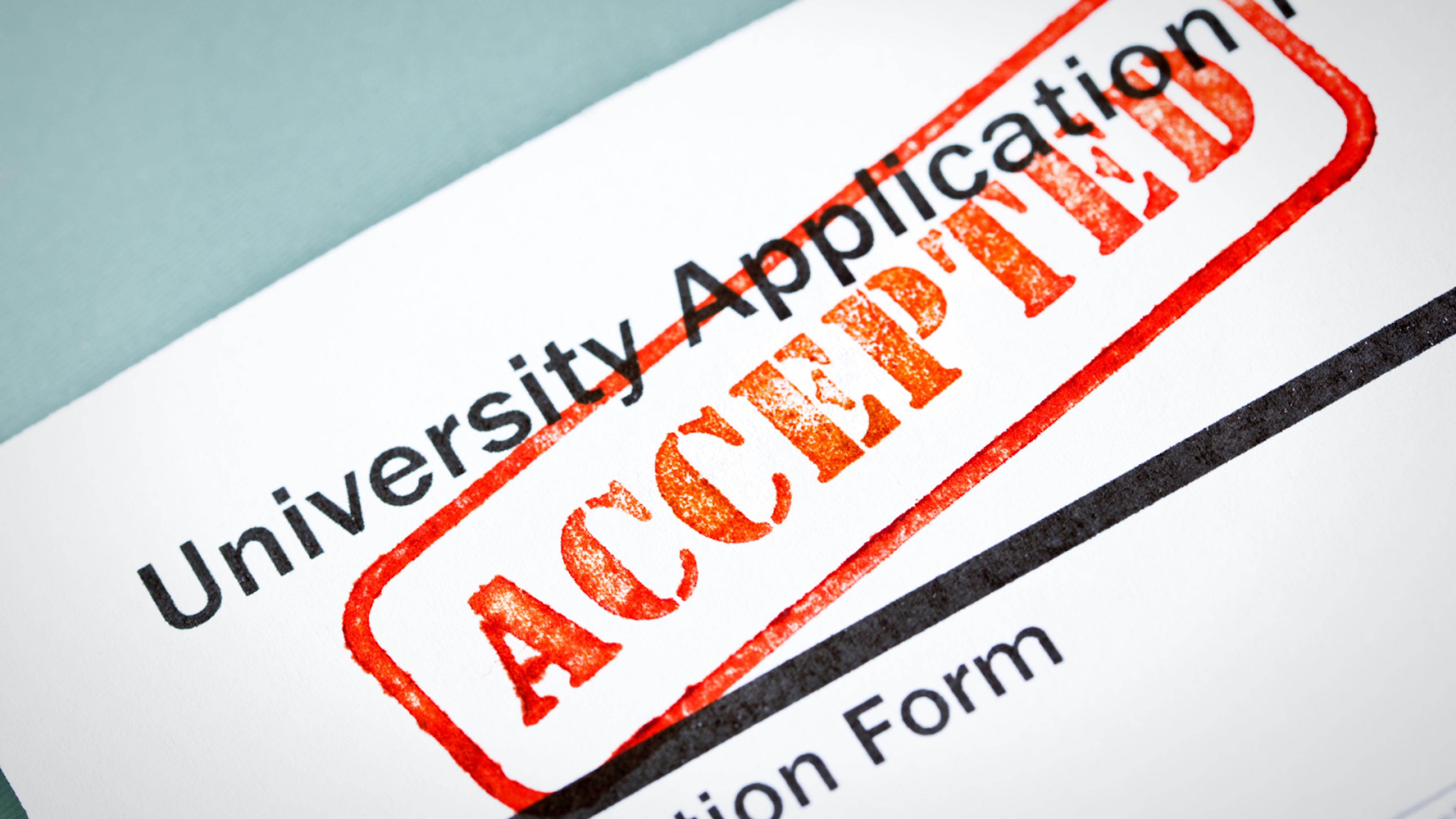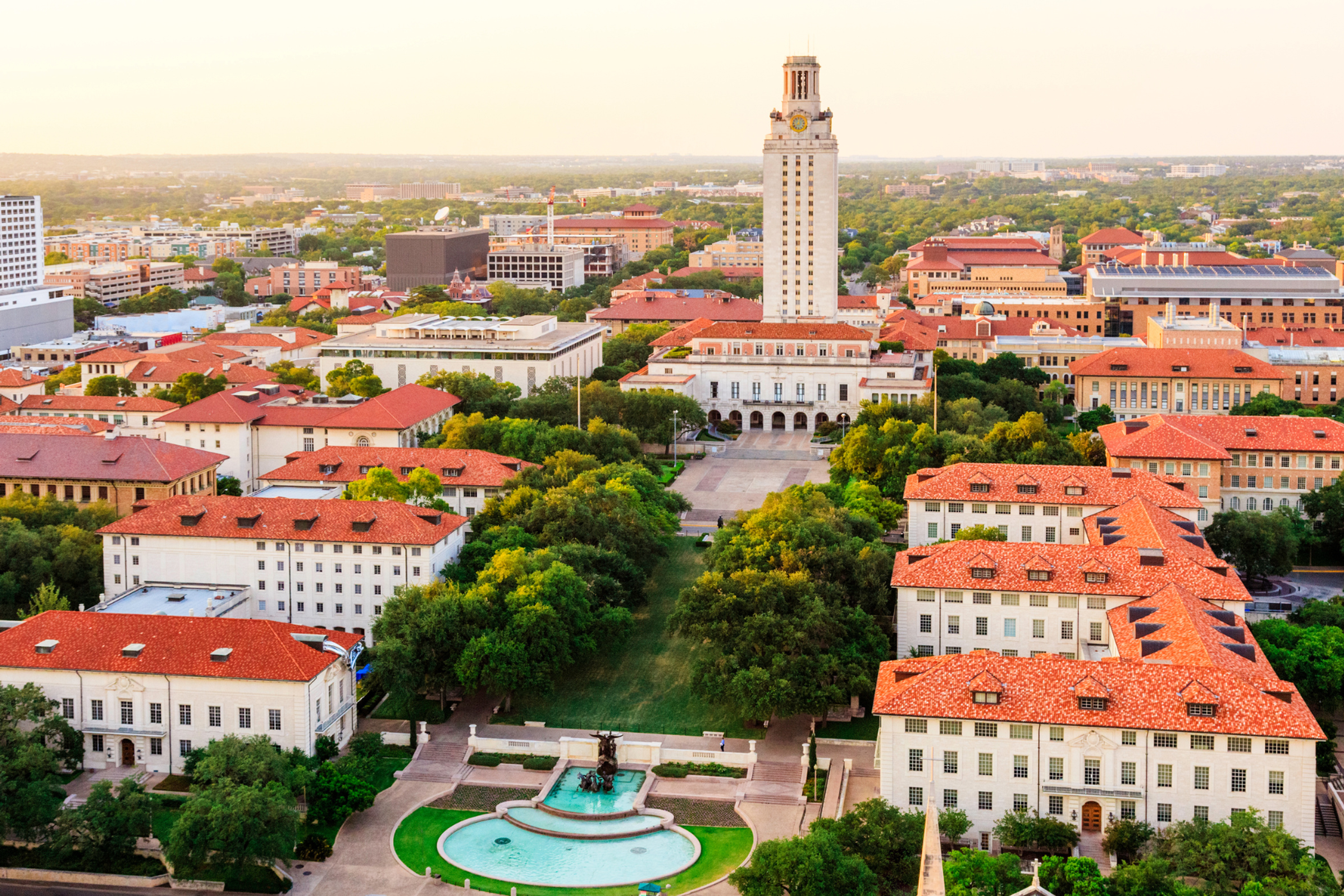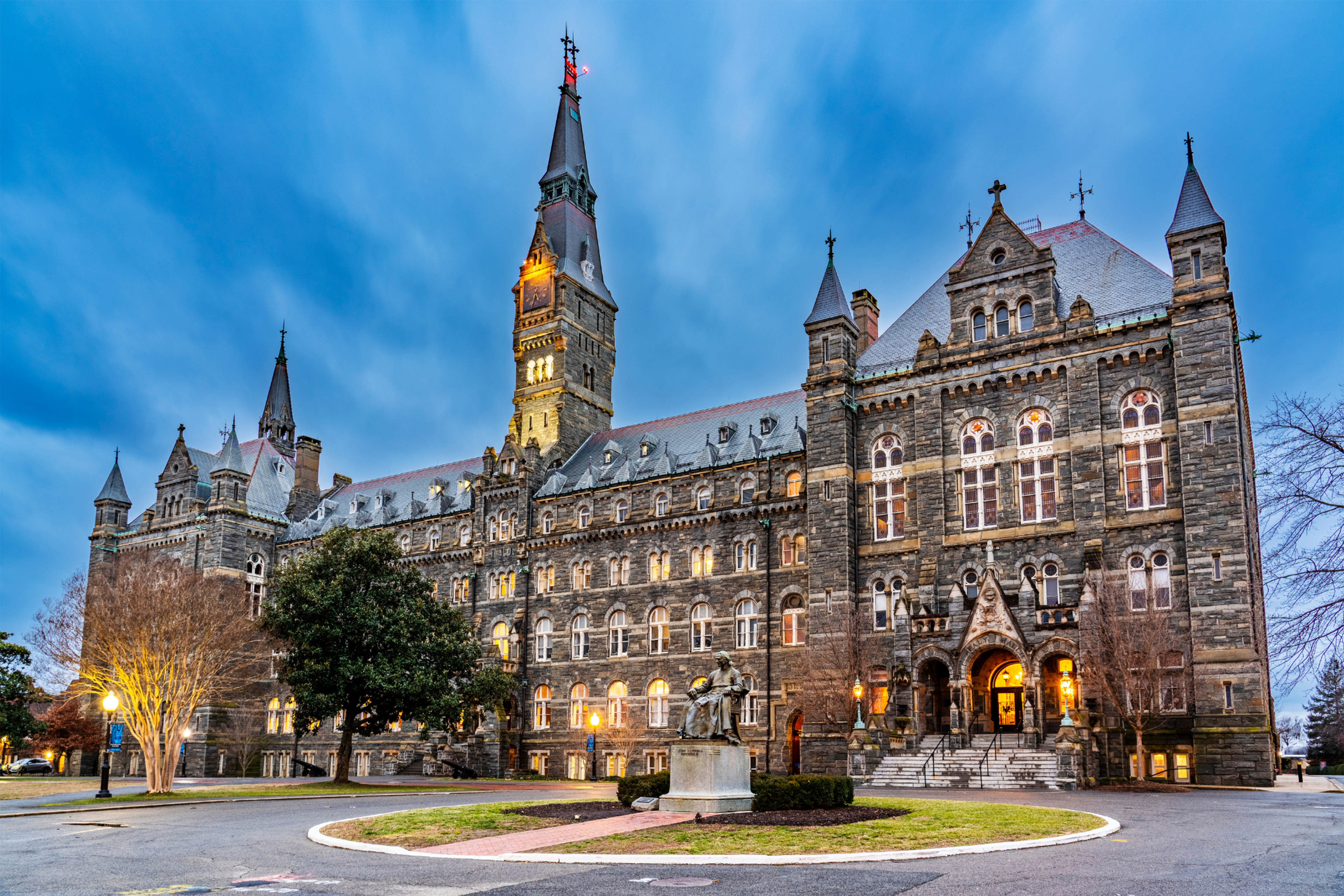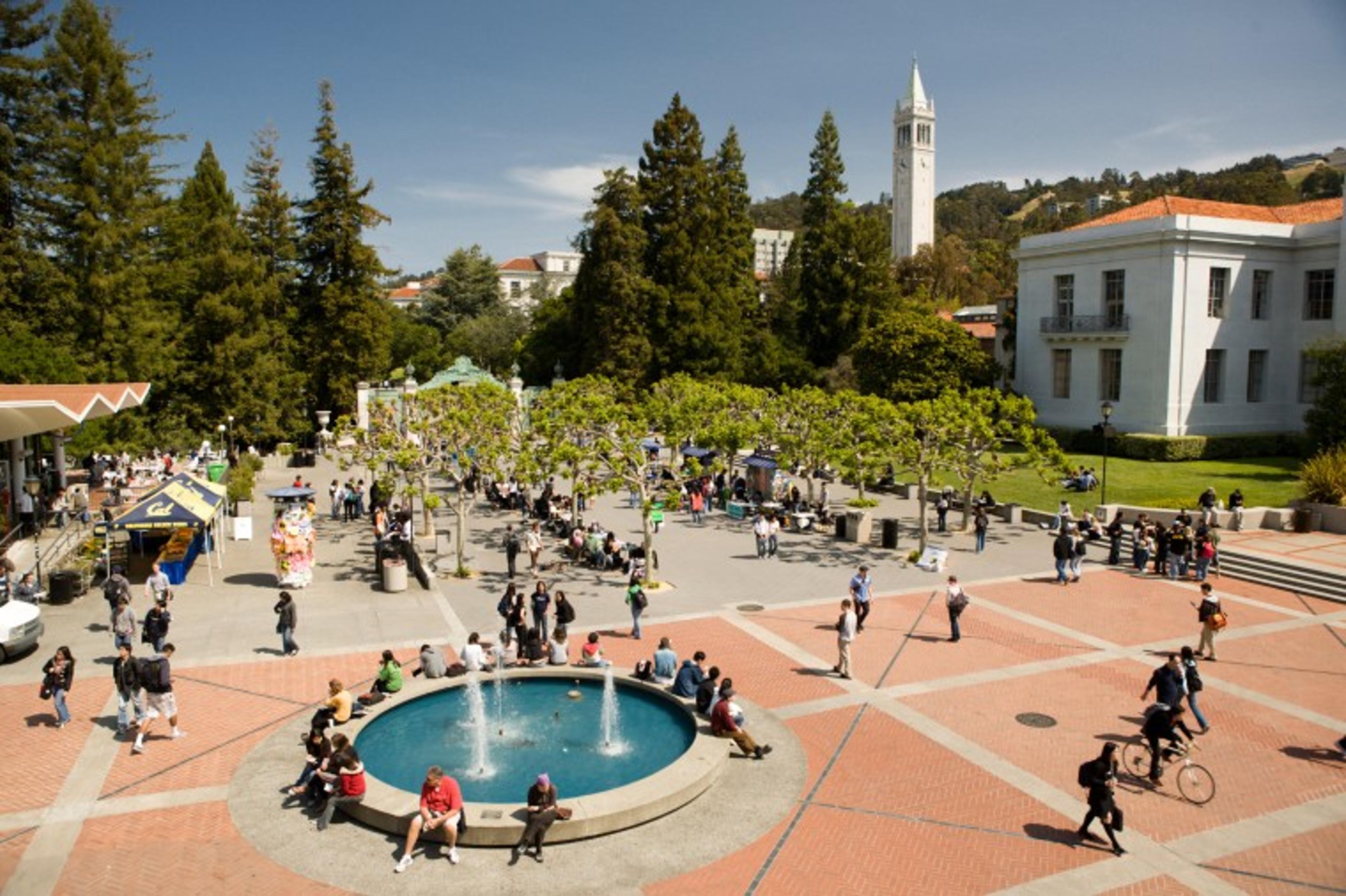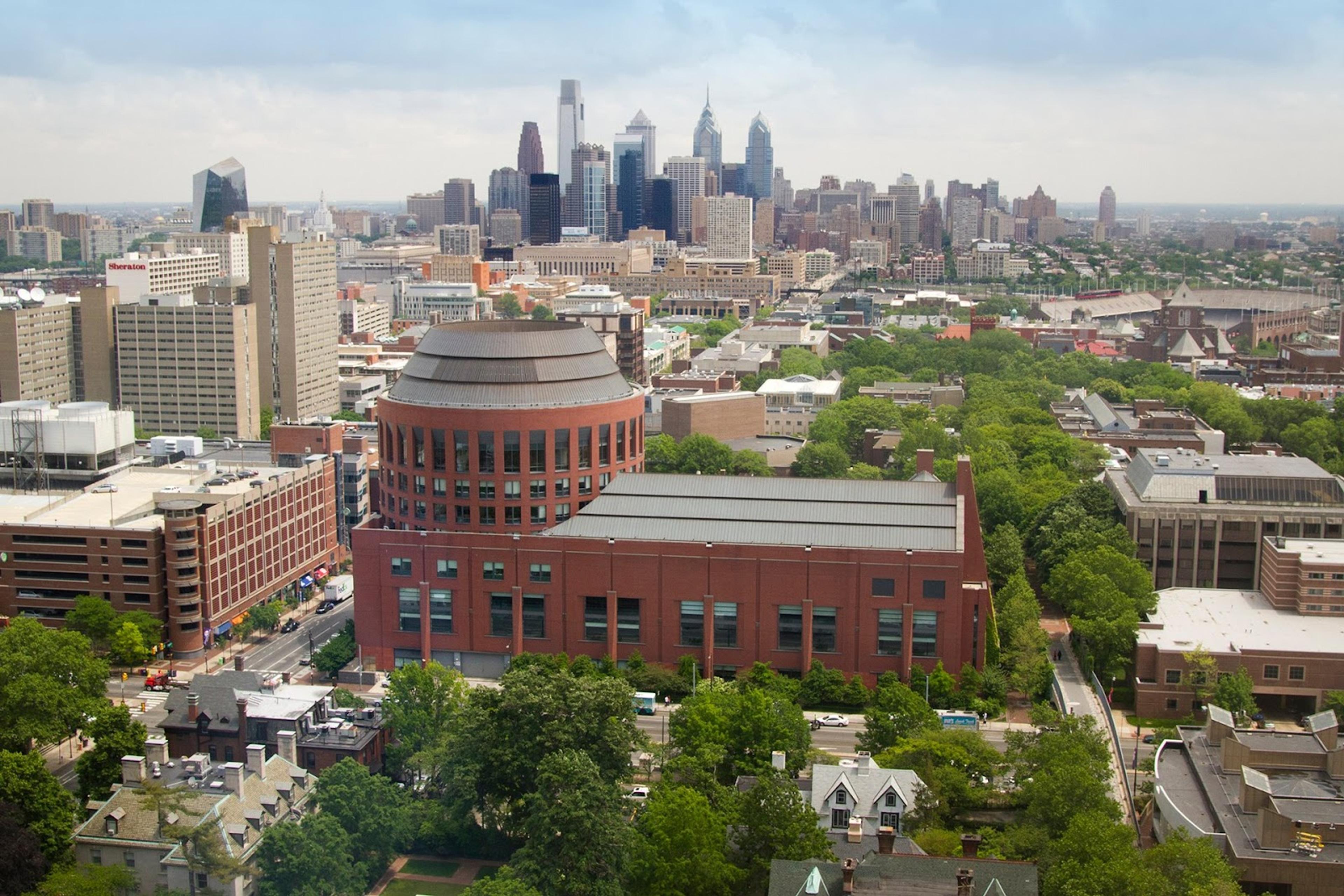
Join a free event
Learn from top coaches and industry experts in live, interactive sessions you can join for free.
Table of Contents
If you're aiming for Harvard Business School (HBS), you're not alone and you’re definitely aiming high. As one of the top business schools in the world, HBS attracts thousands of the most talented and driven applicants each year. And recently, competition has gotten even tougher. In 2023-2024, HBS saw a 20.9% jump in applications, reversing a two-year dip and bringing total apps to over 9,800 -- the second-highest in its history.
So what does that mean for you? It means the bar is high, but not impossible! In this guide, we’ll walk through the latest acceptance data, explain how HBS evaluates applicants, and help you figure out how your profile stacks up. Whether you’re preparing now or planning a future application, understanding the admissions landscape is the first step to getting in.
Harvard MBA Acceptance Rate (2026)
The acceptance rate for Harvard Business School’s Class of 2026 is 9.4%, making it one of the most selective MBA programs in the world. While thousands apply each year, only a small percentage are admitted, typically those who combine academic excellence, real leadership experience, and a clear sense of purpose.
Read: Harvard Business School MBA: Acceptance Rate, Deadlines, Cost, Requirements, & Program Overview
Harvard MBA Acceptance Rate vs. Other M7 Programs
When it comes to getting into a top MBA program, even a few percentage points can make a big difference. Harvard’s acceptance rate is famously low, but how does it stack up against the rest of the M7? The table below gives you a quick side-by-side look at just how selective each school really is.
| M7 Schools | Acceptance Rate (%) | Applicants | Enrolled Students |
|---|---|---|---|
| Stanford Graduate School of Business (GSB) | 5.8% | 7,295 | 424 |
| Wharton School | 11.8% | 7,322 | 866 |
| Columbia Business School | 13.0% | 7,487 | 972 |
| Chicago Booth School of Business | 12.3% | 5,125 | 632 |
| Kellogg School of Management | - | (undisclosed) | 524 |
| MIT Sloan School of Management | 8.1% | 5,317 | 433 |
HBS Acceptance Rate Trends Over the Past Decade
Harvard Business School’s acceptance rate has held steady in the ultra-competitive zone for years, but it hasn’t been completely flat. Small shifts year to year can reflect bigger changes in application volume, class size, or the broader MBA landscape. Here's a look at how the numbers have moved over the past decade.
| Year | Applicants | Enrolled Students | Acceptance Rate (%) |
|---|---|---|---|
| 2015 | 9,686 | 936 | 9.7% |
| 2016 | 9,759 | 942 | 9.6% |
| 2017 | 10,351 | 938 | 9.1% |
| 2018 | 9,886 | 930 | 9.4% |
| 2019 | 9,228 | 732 | 7.9% (COVID impact) |
| 2020 | 9,304 | 930 | 10.0% |
| 2021 | 9,773 | 1,010 | 10.3% |
| 2022 | 8,264 | 1,015 | 12.3% (post-COVID surge) |
| 2023 | 8,149 | 938 | 11.5% |
| 2024 | 9,856 | 930 | 9.4% |
HBS has maintained a highly selective admission process, attracting exceptional candidates from diverse backgrounds with a proven track record of academic and professional achievement. These candidates bring valuable perspectives and experiences that contribute to the rich and dynamic learning environment at HBS.
How did the HBS do over the last ten years?
Over the last 10 years, HBS’s acceptance rate has generally hovered in the 9–12% range, with a few noticeable swings.
In 2019, HBS’s acceptance rate dropped to its lowest in recent memory (7.9%). This wasn’t just because more people applied, but it was also a tightening of class size as the school braced for uncertainty. In 2021, however, HBS responded to global demand and pandemic-related deferrals by expanding the class size to over 1,000 students, temporarily boosting the acceptance rate to 10.3%.
After the initial pandemic chaos, application volume dipped (8,264 in 2022), but HBS maintained a large class size. That created a momentary jump in acceptance (12.3%), a spike that shouldn’t be interpreted as a lowering of standards, but rather a response to market shifts and pipeline management.
With nearly 9,900 applicants this cycle, HBS is back to full volume. At 9.4%, the acceptance rate signals a return to its pre-pandemic baseline: intensely competitive but predictable.
The school seems to be calibrating class size back toward the 930-950 range, keeping its standards sky-high while managing yield (which still exceeds 85%).
So, while Stanford GSB consistently operates in the 5-6% range, HBS has maintained a bit more breathing room, but not by much. The bar is still sky-high.
What to do with this information?
- Don’t obsess over the percentage. A ~9% acceptance rate still means over 90% of applicants get rejected, including plenty of high-GMAT, well-employed, well-credentialed people. Don’t try to “beat the odds”, out-align the competition instead.
- Control what you can. You can’t control the size of the applicant pool, but you can control how clearly you articulate your goals, your values, and your potential to lead. That’s where people win offers.
- Be real with yourself. The admissions committee is reading your application wondering, “Can this person handle HBS, and shape it?” Numbers matter, but your ability to drive change matters more.
Want to improve your odds at HBS? Stay updated with helpful information by reading the articles below:
- HBS Letters of Recommendation: Questions, Analysis, & Tips (2025)
- How to Write the HBS Essays: Prompts, Tips, and Examples from Admits (2025)
- How to Ace Your HBS MBA Interview | Leland
- Top 50+ Free Resources for GMAT & GRE Practice
Harvard Deferred MBA Acceptance Rate
The Harvard 2+2 Program is one of the most competitive deferred MBA pathways available, and the acceptance rate reflects that.
In 2024, only about 6.6% of applicants were admitted, making it just as selective as the traditional HBS MBA route. While the program is designed for college seniors and early-career applicants, getting in still requires a standout academic record, a clear sense of purpose, and strong leadership potential.
Applying to HBS? Work with a coach who knows how to stand out in a 10% admit pool.
- Karla M. -- M7 Expert, Harvard University Alumna, Investment Banking Associate at J.P. Morgan & Co.
- Geri T. -- Former Harvard Business School AdCom, Former Assistant Director of MBA Admissions
- Deep B. -- Harvard Business School Alumnus, MBA/EMBA Expert
How to know what your chances are at Harvard Business School
It’s easy to get caught up in acceptance rates, but those numbers only tell part of the story. HBS admits just under 10% of applicants, but what really matters is who you are within that pool. The admissions committee is looking for more than stats; they’re assessing your academic strength, leadership potential, professional impact, and the values you bring to the HBS community.
So how do you figure out where you stand? Start by looking honestly at your profile. How strong is your academic track record, not just your GPA, but the rigor of your coursework or institution? Have you made a meaningful impact at work or in other areas of your life? Do you have clear goals and a strong sense of purpose?
Harvard wants students who take initiative, think critically, and care deeply, not just about career success, but about doing something bigger. If that sounds like you, you're already on the right track.
It also helps to get perspective. Talk to current students, alumni, or even admissions coaches to understand what makes an application stand out. Not to compare stats, but to understand what stories resonated, what risks they took, and how they stayed authentic through the process. The more clearly you understand the HBS culture, the better you’ll be able to show why you belong there.
Bottom Line
Yes, the acceptance rate at Harvard Business School is intimidating, but it’s not a reason to count yourself out. What matters most isn’t perfection; it’s clarity, authenticity, and a strong sense of purpose. If you’re thoughtful about your story, honest about your growth, and intentional in how you present your goals, you’re already doing what HBS is looking for.
This process isn’t just about proving you belong; it’s about showing how you think, lead, and contribute. With focused preparation and a genuine approach, you give yourself the best possible shot at joining one of the most dynamic MBA communities in the world.
HBS Acceptance Rate FAQs
What GPA is Needed for a Harvard MBA?
- There’s no official cutoff, but the average GPA of admitted students in the HBS MBA program typically falls between 3.70 and 3.75. That said, HBS looks beyond numbers. Applicants from non-traditional backgrounds, international students, and those from diverse pre-MBA industries (like military, arts, or startups) are all considered holistically. Your undergraduate institution, major, and trajectory post-graduation also factor into how your GPA is interpreted.
Which Ivy League MBA is Easiest to Get Into?
- All Ivy League MBA programs are highly competitive, but acceptance rates can vary. Historically, Cornell Johnson and Dartmouth Tuck tend to have slightly higher admit rates than HBS or Wharton. However, “easiest” is relative; strong applicants to any Ivy will still need top-tier academics, leadership, and impact.
How Difficult is It to Get Into Harvard MBA?
- The HBS MBA program consistently ranks among the most selective full-time MBA programs in the world. With an acceptance rate around 10%, it’s comparable to the Stanford Graduate School of Business, MIT's Sloan School of Management, and Wharton. The admissions process evaluates academic excellence, leadership, global impact, and personal character, not just stats. HBS attracts thousands of high-caliber applicants from target schools, elite firms like private equity and consulting, and from more students working in international development, entrepreneurship, or government.
What is the Hardest MBA to Get Into?
- The Stanford Graduate School of Business typically has the lowest acceptance rate (around 6%), edging out Harvard in terms of selectivity. However, HBS, Wharton, MIT Sloan School, and Columbia Business School are all among the most selective. What makes HBS stand out is the scale and diversity of its incoming class, while Stanford maintains the smallest MBA cohort, making it even more competitive by volume.
How Does Harvard’s Rate Compare to Stanford, Wharton, etc.?
- HBS: ~10% acceptance rate
- Stanford GSB: ~6% (most selective)
- Wharton: ~12%
- MIT Sloan School: ~14%
These numbers fluctuate slightly year to year and are influenced by federal reporting guidelines, changes in test requirements (e.g., GMAT Focus Edition vs. GRE), and shifts in applicant volume.
What is the Average GMAT, GPA, and Work Experience of Admits?
- For the latest HBS MBA class:
- GMAT Range (middle 80%): ~700–770 (though no minimum GMAT is enforced)
- GPA Average: ~3.73
- Work Experience: 4–5 years on average
- Students come from a wide range of pre-MBA industries, including private equity, tech, consulting, nonprofit, healthcare, and government.
Is it only the acceptance rate that matters for admission to HBS?
- No, the acceptance rate is just one factor among many that HBS considers. It is important to focus on presenting a strong application that highlights your unique qualities and potential for success.
How can I improve my chances of getting into HBS?
- Focus on developing a well-rounded profile that showcases your academic excellence, leadership abilities, and personal qualities. Take on challenging projects or roles, seek out relevant experiences, and invest time in self-reflection to articulate your motivations and aspirations clearly.
Are there any specific academic requirements for admission to HBS?
- HBS does not have specific quantitative requirements regarding undergraduate GPA or GMAT/GRE scores. However, a strong academic record can positively impact your chances of admission.
Can I apply more than once if my initial application is not successful?
- Yes, you are allowed to apply to HBS multiple times. Many successful applicants have persevered through multiple application cycles before gaining admission.
How important is the interview in the admissions process?
- The interview is a crucial component of the admissions process as it provides an opportunity for the admissions committee to assess your interpersonal skills, motivations, and fit with the HBS community.
Browse hundreds of expert coaches
Leland coaches have helped thousands of people achieve their goals. A dedicated mentor can make all the difference.











